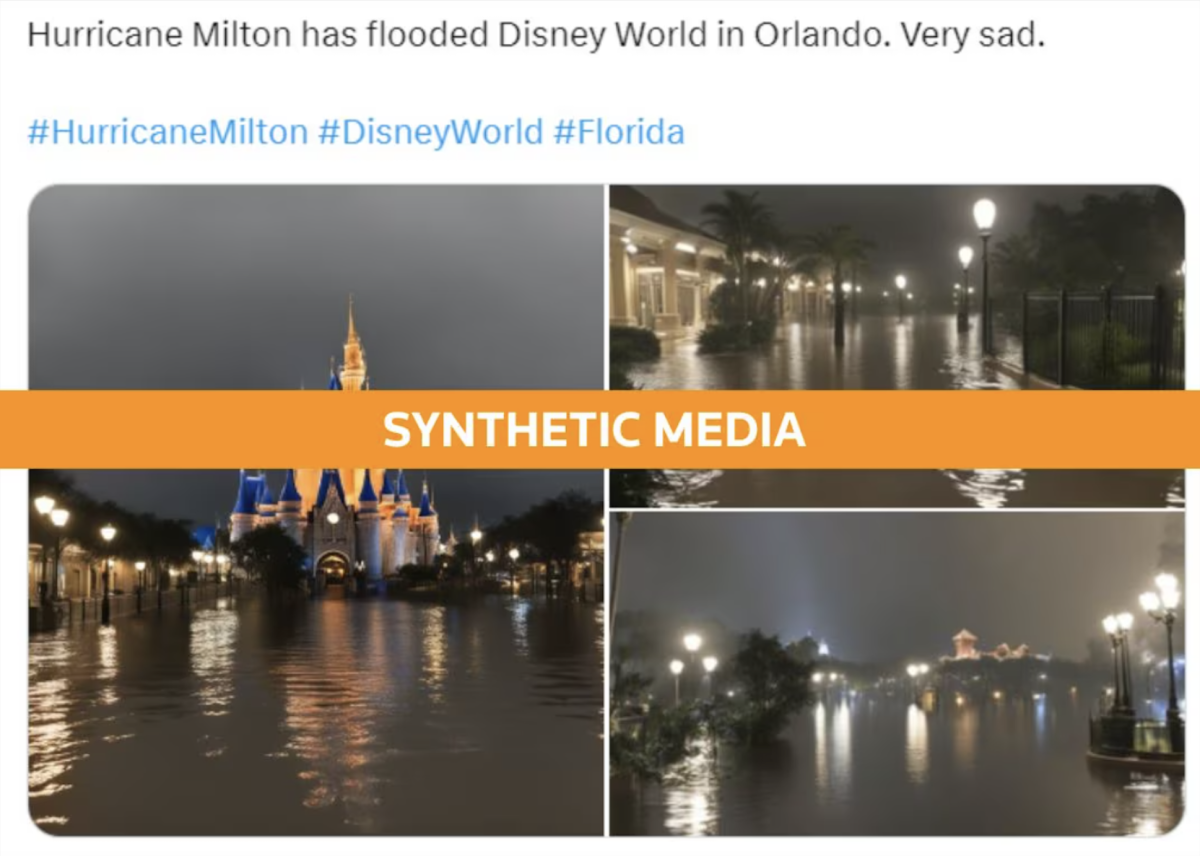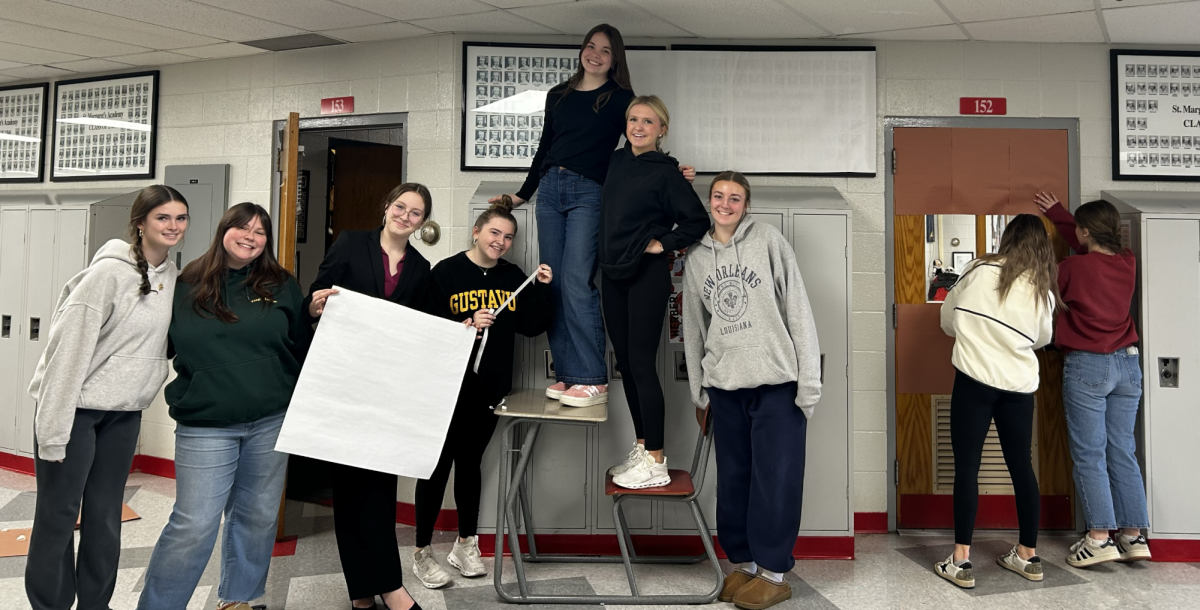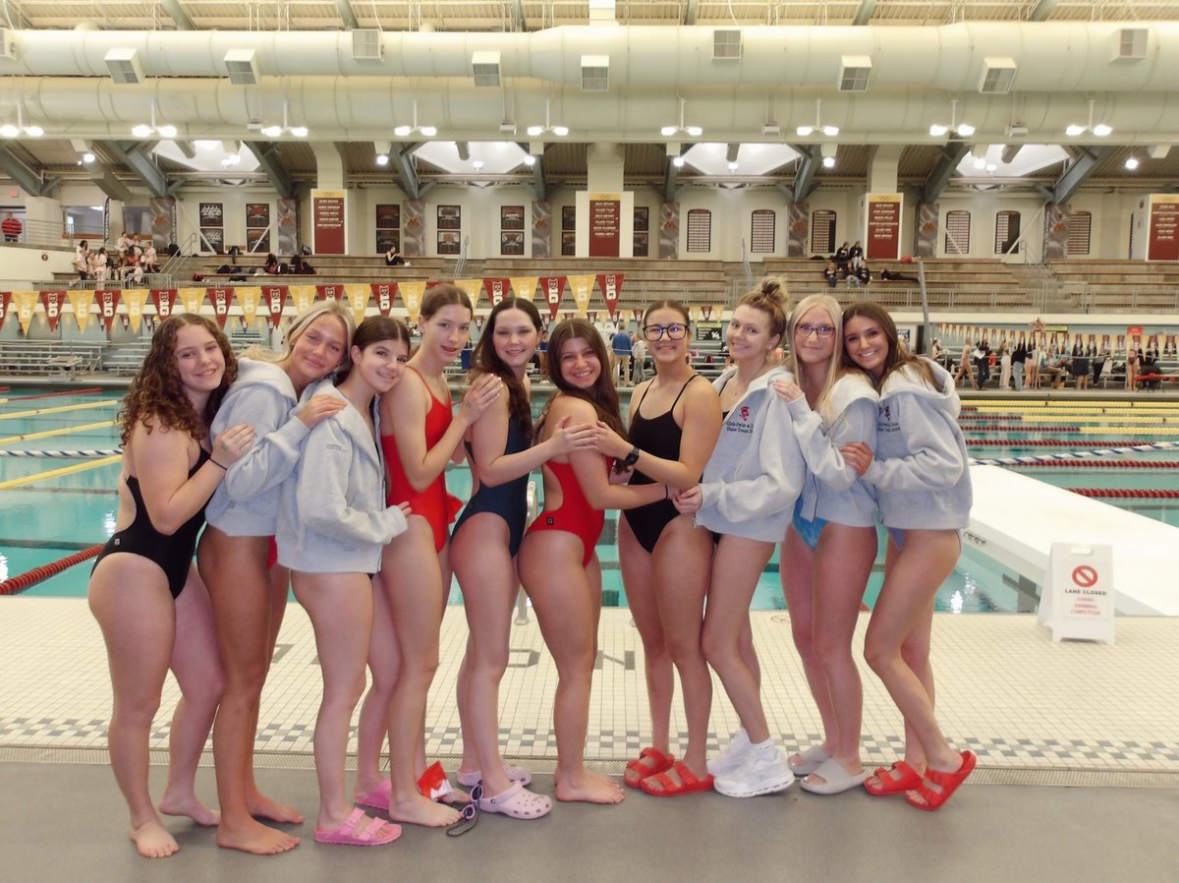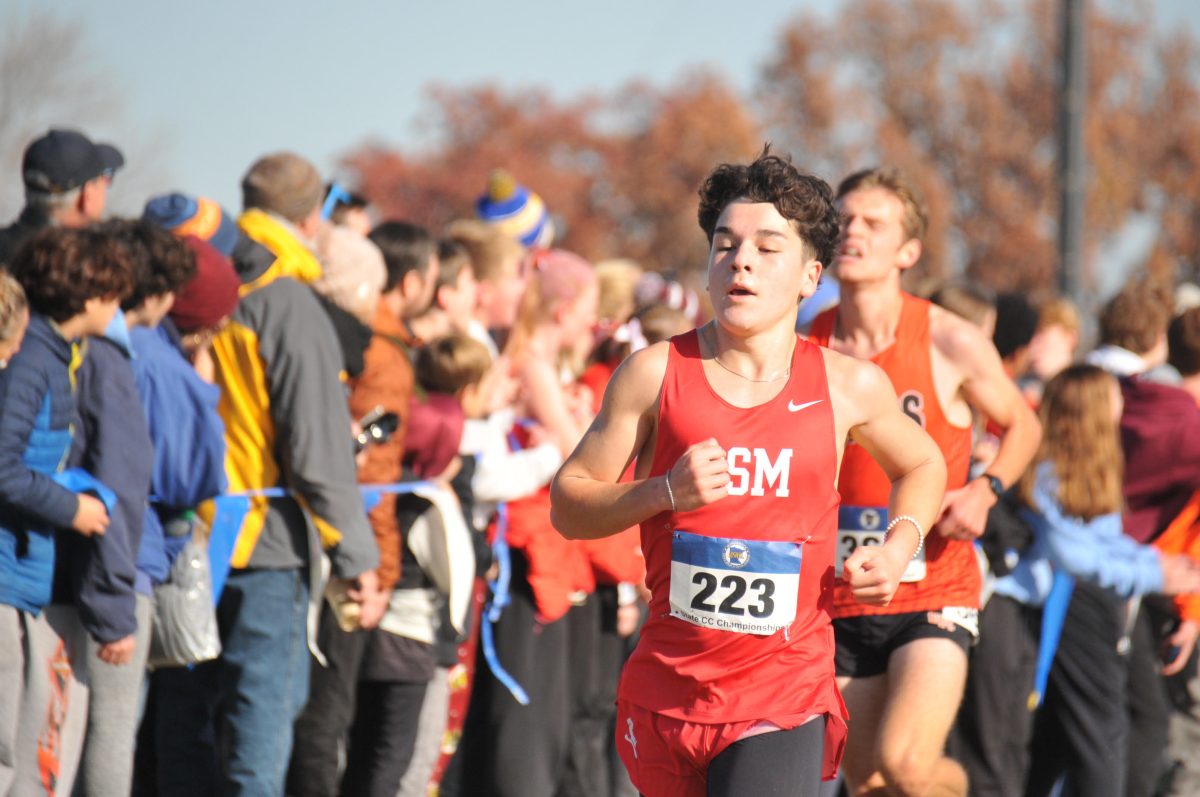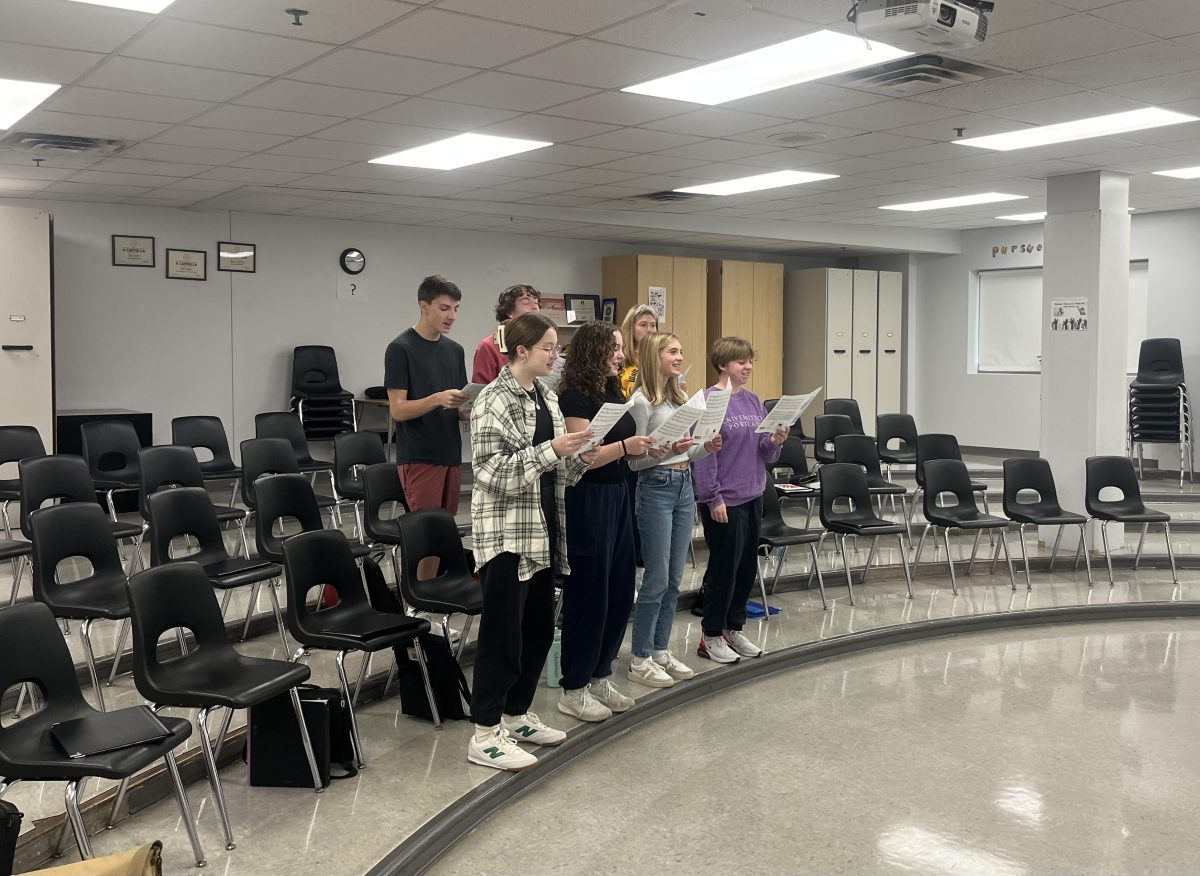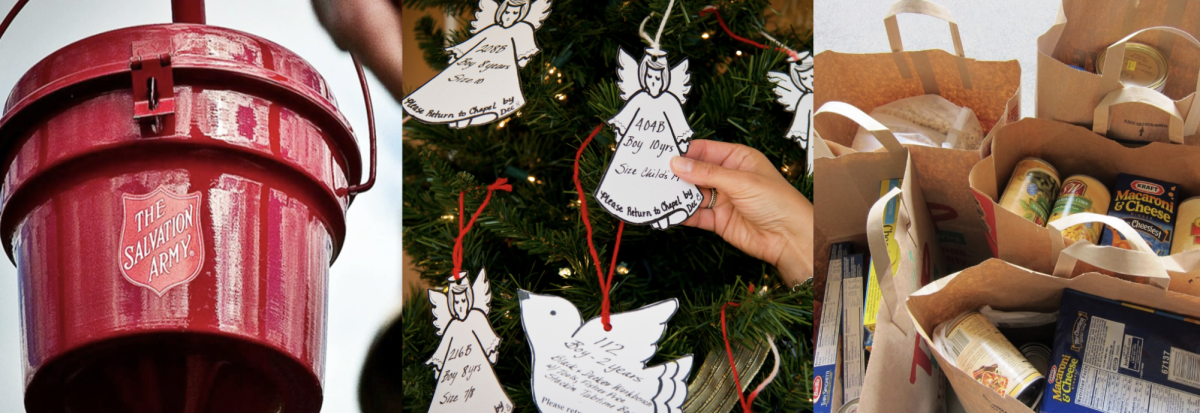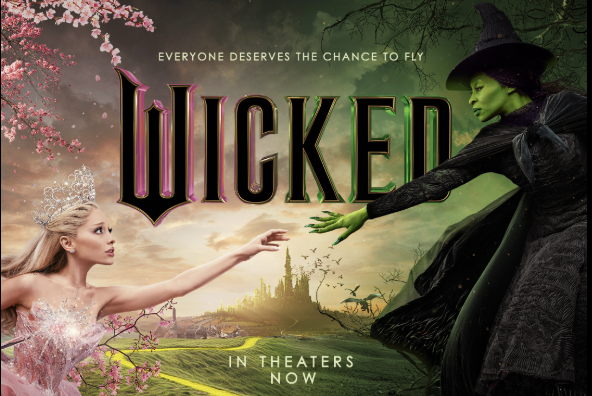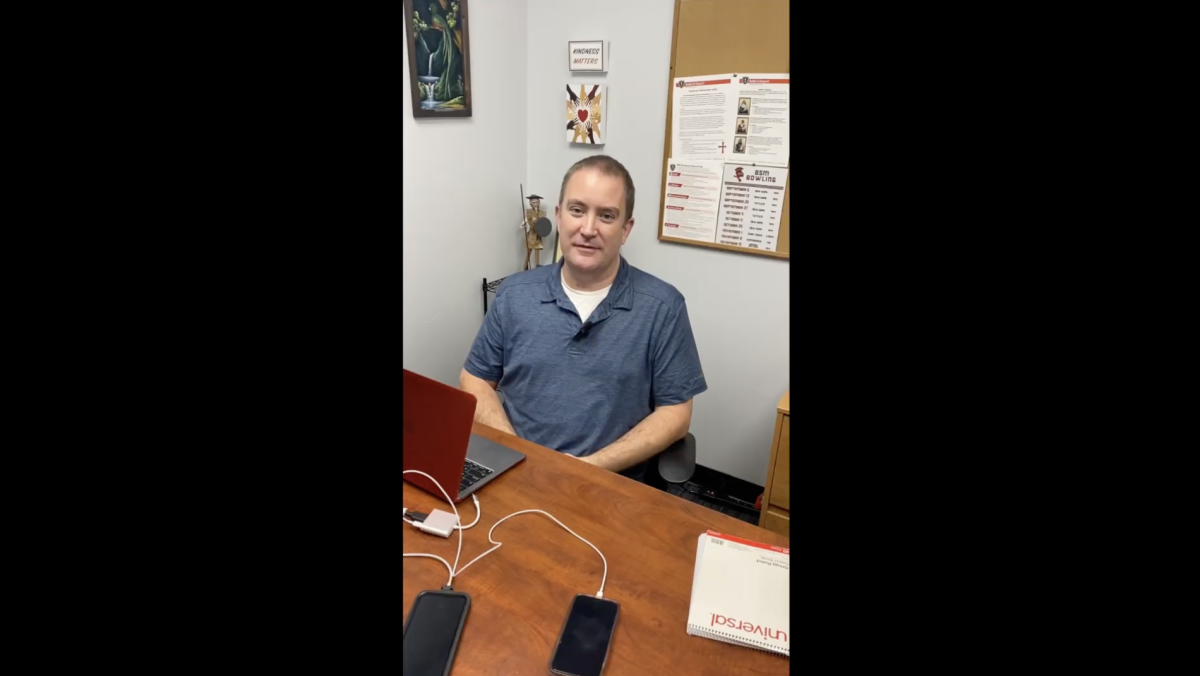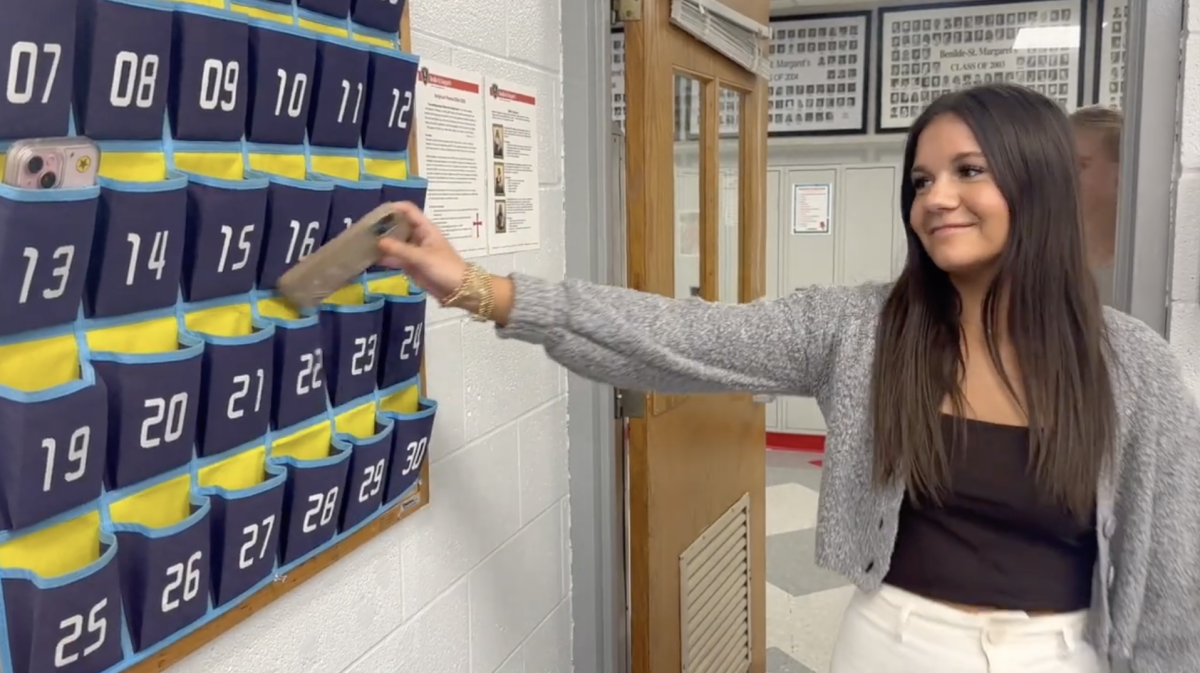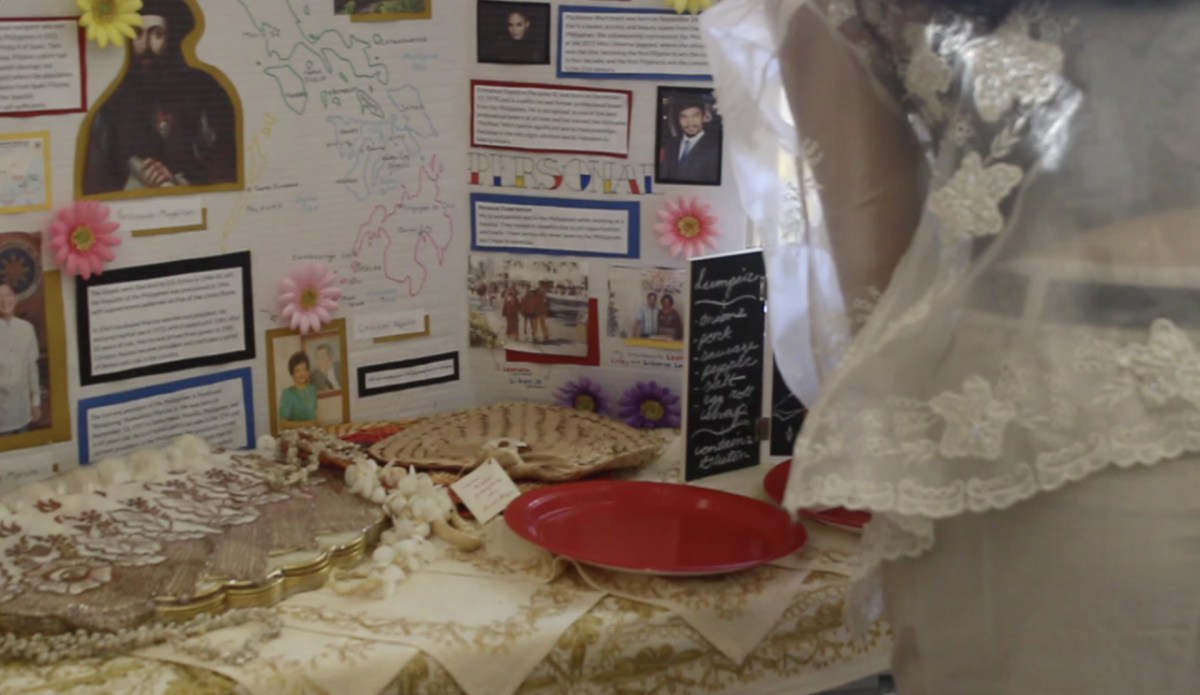Excitement dominates every twist and turn of the thrilling rafting trip down the Colorado River. Viewers experience an unforgettable journey of two men and their teenage daughters as they compare the famous Colorado River as it is today to that of it thirty years ago.
The film showcases the beauty and majesty of the Grand Canyon in hopes that viewers feel the call to discover their own role in protecting water resources for generations to come. The “Grand Canyon Adventure: River at Risk,” now showing in the Science Museum of Minnesota’s Omnitheater, gives people a better understanding of the looming water crisis and what can be done to protect and conserve water resources.
The Colorado River is the source of power and water for over 25 million Americans, but it recently shrunk to its lowest level in the last 85 years. The film’s purpose is to prove to the world that ordinary people can make a difference in helping our parched planet. The film looks into the fact that at the rate the world’s water supply now, fresh clean water could run out by the year 2050, making it crystal clear that every single person must advocate for better management of this crucial resource.
The film’s compelling excitement of whitewater rafting puts viewers at the edge of their seats, intoxicates them with enthralling rapids of the rough waters, and makes viewers feel as though they are about to feel the sensation of water pouring over them right alongside adventurers Wade Davis and Robert Kennedy.
This stirring film features songs and music by Dave Matthews Band which reflect the vast magnificence of the Grand Canyon. Dave Matthews Band music has a unique ability to complement both the excitement of whitewater and the vital importance of a world-wide crisis.
The music’s incredible melodies and dynamic rhythms flow with the river the entire film. Melodies are accompanied by lyrics only twice throughout the film; however, these lyrics are undoubtedly intentionally placed to invoke meaning. Featured songs included “Two Step,” “The Space Between,” “Steady as We Go,” and “Mother and Father”; some of which even incorporated water themes.




